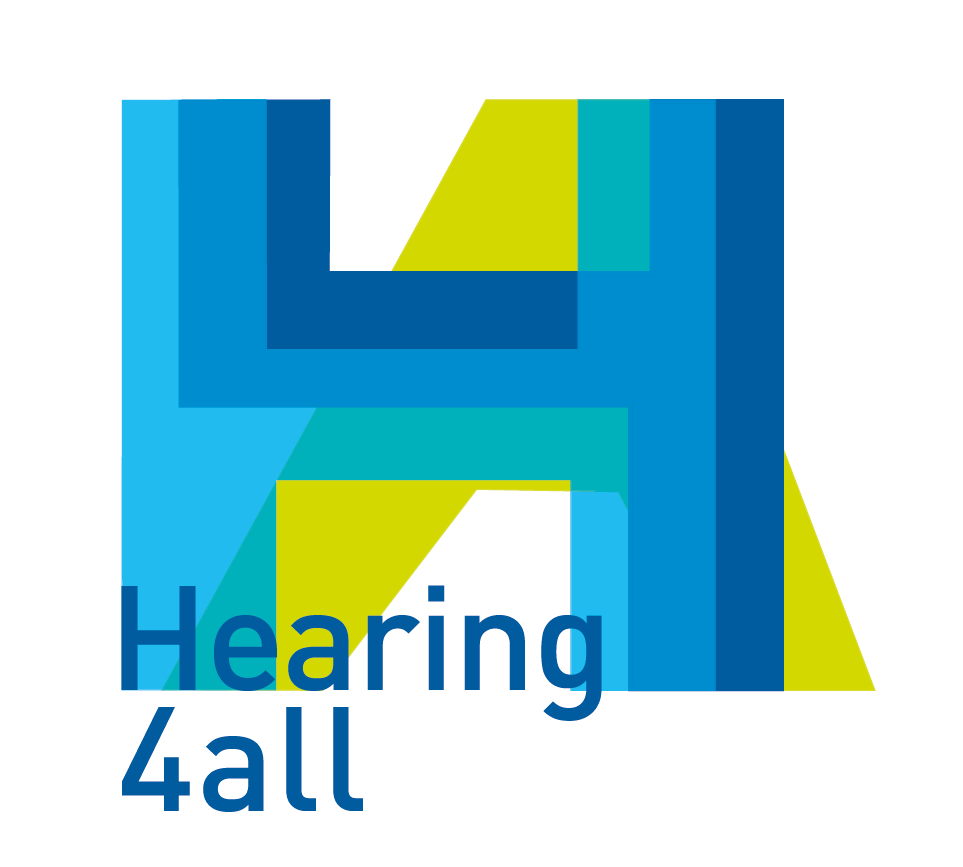Better-ear rating based on glimpsing and its relation to speech intelligibility
The better ear is usually expressed as the ear that listens to the best overall signal-to-noise-ratio (SNR). For speech in speech interference, dip-listening and glimpsing play an important role, suggesting that the highest global SNR may not be the optimal indicator of the better ear. Previous work [J. Acoust. Soc. Am. 135, 2190 (2014)] has shown that the better ear can be successfully expressed as the ear that has access to the most salient glimpses.
In the current work the salience of the glimpses at the better ear is quantified and used as a predictor for speech intelligibility in a logatome recognition test with three concurrent talkers at equal presentation levels. The test included three different types of binaural stimuli. The first type contained only interaural time differences as binaural cues („ITD only“), and thus excluded the possibility to listen to a better ear. The second type was the Equal Local Azimuth stimulus („ELA“) that has been presented in Schoenmaker et al [J. Acoust. Soc. Am. 139, 2589-2603 (2016)]. These stimuli did not allow for binaural unmasking, but did elicit a percept of distinct spatial talker locations. The final type of stimuli were spatialized using non-individual head-related transfer functions („HRTF“) that contained all naturally occurring spatial cues. The use of these different stimulus types can provide insight into the contributions of better-ear listening, binaural unmasking and spatial stream segregation in a situation with multiple spatially separated talkers.
Results show a clear and monotonic dependence of speech intelligibility on the salience of glimpses available to the better ear in each stimulus. The performance increased for increasing angular separation of talkers. A logistic regression model showed that these effects were significant. Interestingly, our results show that for a given separation angle and salience of glimpses a similar speech intelligibility was found that was nearly independent of the type of spatial cues contained in the stimuli. Two implications are especially worth noting. First, the better-ear advantage of the full-cue HRTF stimuli is fully compensated for when the salience of glimpses at the better ear is considered. Second, binaural unmasking did not play a role in this three-talker scene, but rather did stream segregation based on perceived spatial location. This suggests that better-ear listening based on glimpsing and spatial stream segregation are the only two contributing factors to the spatial benefit in this spatial three-talker situation.
Warning: Use of undefined constant s - assumed 's' (this will throw an Error in a future version of PHP) in /home/spinnluxnr/www/2017/pages/programme.php on line 208


